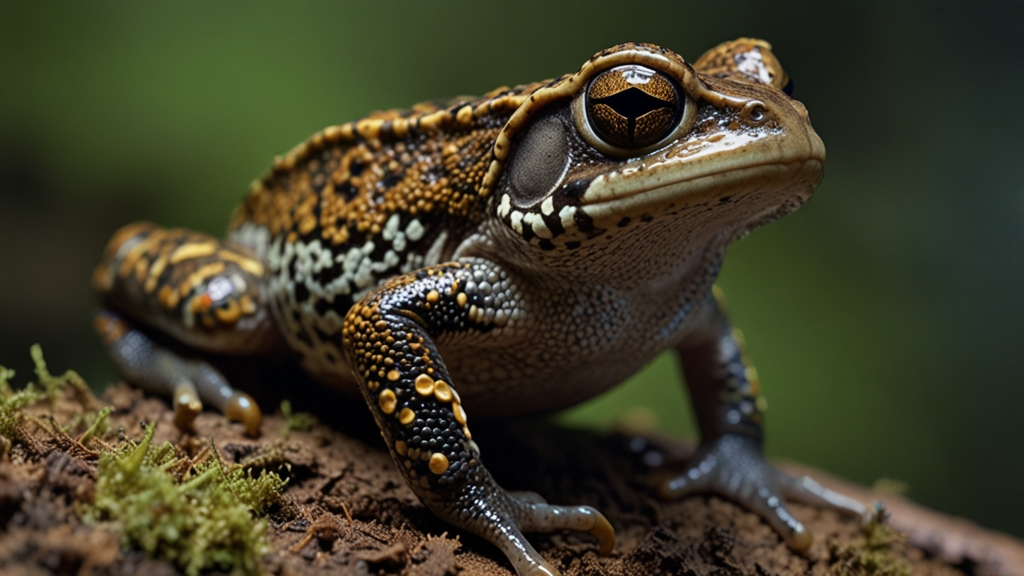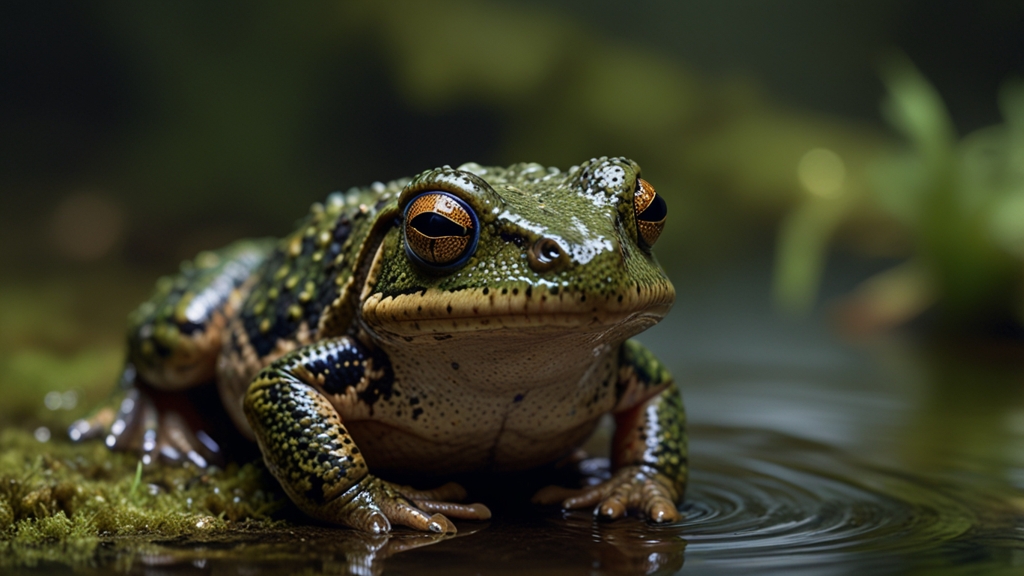Remarkable Fun Facts That Challenge Your Knowledge
While we navigate through our daily routines often tethered to the mundane, there's no denying the pleasure derived from discovering interesting snippets of knowledge. Pairing fun facts with a hint of challenge can spark curiosity and maybe even ignite a passion for learning. This article delves into some of the most remarkable fun facts likely to challenge and intrigue you in equal measure.
The Incredibly Unique Platypus
The platypus is a creature many have heard of, yet few truly appreciate its uniqueness. Native to Australia, the platypus is an egg-laying mammal, belonging to a category known as monotremes. Its features are a combination peculiarly reminiscent of multiple animals - a duck's bill, a beaver's tail, and otter-like feet.
The distinctive mix of bird, mammal and reptilian features in one creature puzzled scientists for decades. When the first specimen arrived in England in the late 18th century, many believed it was a hoax!
Why Do We Have Fingerprints?
Consider the ripples and whorls that adorn the tips of your fingers. Beyond their use in forensic science, fingerprints serve a fascinating biological purpose. They enhance our ability to grip objects by increasing friction. Studies also suggest that fingerprints help improve our sense of touch, aiding in the perception of fine textures.
Our unique fingerprint patterns form in the womb and stay with us throughout our lives, making each person's fingerprints a powerful identifier.
Oceans Hold Vast Mysteries
Earth’s oceans cover about 71% of its surface, yet they remain largely unexplored. The greatest depths of the ocean, such as the Mariana Trench, plunge deeper than Mount Everest's height. Despite advances in technology, the oceanic frontier still holds countless secrets.
We've explored more of the surface of the moon than the ocean floor. Over 80% of the ocean has yet to be mapped, viewed by human eyes, or probed by modern instruments.
Colorful Blood in the Animal Kingdom
Blood is not universally red among living beings. Hemocyanin, a copper-based molecule found in some invertebrates such as octopuses and horseshoe crabs, gives their blood a blue appearance as opposed to the iron-based hemoglobin in humans and most vertebrates.
Notably, some creatures, like certain species of flatworms and brachiopods, have green blood due to the presence of another copper compound, chlorocruorin. Similarly, animals such as some marine worms possess purple blood, thanks to a different type of oxygen-carrying molecule, hemerythrin.
The Great Wall of China and Space
A common myth suggests that the Great Wall of China is visible from space. Contrary to popular belief, no human-made object is distinctly visible to the naked eye from the International Space Station without aid. The Great Wall is difficult to discern due to its narrowness and natural coloration blending with the surrounding environment.
While the idea of spotting the Wall from such a distance is captivating, true visibility from space generally requires the use of cameras with zoom lenses.
Conclusion
These remarkable facts barely scratch the surface of the fascinating world we inhabit. Each tidbit serves as a launchpad for deeper exploration. In a realm so rich with diversity and hidden wonders, continual learning remains one of the most rewarding endeavors we can undertake, constantly challenging and expanding our understanding of the universe. So the next time you stumble upon an unusual fact, take a moment to appreciate the intricate tapestry of knowledge it unveils.










